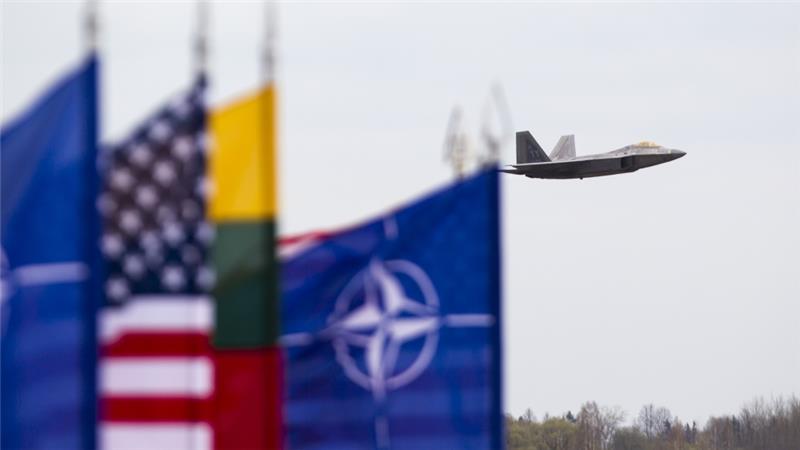
The Baltic Sea constitutes a region surrounded by the coastal countries of Denmark, Estonia, Finland, Germany, Latvia, Lithuania, Poland, Russia, and Sweden. Non-coastal countries of Belarus, Czech Republic, Norway, Slovakia and Ukraine are neighbors to this region. Three of the Baltic Sea Region countries, namely Estonia, Latvia, and Lithuania are considered as the Baltic countries or the Baltic states. Kaliningrad Oblast is an exclave of the Russian Federation located on the coast of the Baltic Sea between Poland and Lithuania. Kaliningrad, before the Second World War, was the East Prussian provincial capital of Konigsberg and became part of the Soviet Union at the end of the Second World War.
The Baltic Countries gained independence after the First World War, but were occupied by the Soviet Union during the Second World War and regained their independence in 1991 during the dissolution of the Soviet Union. Officially, the new era of independence for the Baltic Countries started in that same year with their independence being formally recognized by the Soviet Union. After the independence, integration with European institutions became a major strategic goal for these countries. In 2002 the Baltic Countries applied for membership in NATO and the EU. All three became NATO members on 29 March 2004, and acceded to the EU on 1 May 2004. The three countries, despite their membership in NATO, for a long time have been perceiving threat posed by Russia, especially in recent years.[1]
Kaliningrad, after the dissolution of the Soviet Union and the Warsaw Pact has been an important Russian military outpost and a critical element of Russian military planning. When Russia withdrew all its Warsaw Pact forces from Poland and the Baltic Countries after the withering away of the Soviet Union and the Warsaw Pact, some air, naval and ground forces were relocated to Kaliningrad. The Baltic Military District of the ex-Soviet Union was abolished and replaced by the Kaliningrad Special Defense District. It became the main base of the Russian Baltic Fleet. Following the dissolution of the Soviet Union and subsequent accession of Poland and the Baltic Countries into NATO, Kaliningrad became a vital military outpost for Russia. In 2010, the district was merged with the Leningrad and Moscow military Districts to create the Western Military District of Russia.[2]
Russia has moved nuclear-capable Iskander-M missiles into the Kaliningrad in October 2016 along with the capable S-400 anti-aircraft weapon system. The Iskander-M is a mobile short range ballistic missile system that can carry both conventional and nuclear warheads with an official range of up to 500 km. Its range complies with the limits of the Intermediate-Range Nuclear Forces Treaty. After the deployment of the said missiles, serious concern was expressed by the officials and media of certain NATO countries. It was even compared to Baltic version of the Cuban Missile Crisis.[3]
It was claimed that the Kremlin had promised to not to ship the missile system to Kaliningrad back in 2009, in exchange for the US’ scrapping of the missile defense system in Poland and the Czech Republic. Activating an Iskander-M unit in Kaliningrad, in proximity of Poland and the Baltic Countries, is considered as destabilizing for NATO’s whole eastern flank. NATO has accused Russia of “aggressive military posturing”. The US State Department spokesman John Kirby stated that the deployment of S-400 and Iskander missiles to Kaliningrad was unnecessary and destabilizing to European security.[4]
In response to these reactions, Igor Konashenkov, the representative of Russia’s Ministry of Defense (reported by TASS on 22 November 2016) stated that “It is not Russia that represents the real security threat today but the saturation of Europe with the armaments and military personnel of not European origin”. He also stressed that the Kaliningrad region is an integral part of Russia and that the Russian side will take care of its security. It is also reported that Russian deployments in Kaliningrad can be seen as a response to the deployment of NATO’s missile defense shield system in Poland and Romania and further deployment of NATO troops in the Baltic countries.[5]
After these developments, the US has started in the second half of December 2016 to send tanks and armor vehicles to Europe and in January of this year actual deployments have begun. In this context, about 1000 of a promised 4000 troops arrived in Poland. It is reported that the total of 4000 US troops and 2000 military vehicles will be deployed on a rotational basis to Poland, Romania, Bulgaria, and the Baltic countries. The arrival of American troops in Poland was perceived as threat by Russia and President of Russia Vladimir Putin’s spokesman Dmitry Peskov stated that “We perceived as threat. These actions threaten our interests, our security. Especially as it concerns third party building up its military presence near our borders. It’s [the US], not even a European state.” In addition to the US, the United Kingdom is also contributing to the buildup of NATO forces in Eastern Europe. The UK formally took command of NATO’s response force, made up of 3000 British troops plus troops from the US, Denmark, Spain, Norway, and Poland who will be on permanent standby ready to deploy within days.[6]
These developments indicate an exponentially rising probability of a conflict breaking out in the Baltic Sea Region. In fact, the escalation in the Baltics should be considered in tandem with the situation in Ukraine’s eastern regions and the growing militarization of Crimea. There is a definite need of reducing the emerging risks through the dialogue between NATO and Russia.
For such a dialogue, the key document is the 1997 NATO-Russia Founding Act. At the NATO Summit in Warsaw on 8-9 July 2016, NATO Heads of State and Government referring to the “provocative military activities near NATO borders, including in the Baltic and Black Sea” and the deterioration of the security situation in the Baltic Sea Region announced the decision “to establish an enhanced forward presence in Estonia, Latvia, Lithuania and Poland.” They also declared that beginning in early 2017, in the framework of “enhanced forward presence”, four battalion-sized battlegroups will be deployed on a “rotational basis.[7] Russia claimed that these deployments breach the following provision of the 1997 NATO-Russia Founding Act:
NATO reiterates that in the current and foreseeable security environment the Alliance will carry out its collective defense and other missions by ensuring the necessary interoperability, integration, and capability for reinforcement rather than by additional permanent stationing of substantial combat forces. Accordingly, it will have to rely on adequate infrastructure commensurate with the above tasks.[8]
NATO, however, defends the view that these deployments are “rotational” and thus do not breach the letter of the 1997 Act under which NATO promises to refrain from “additional permanent stationing of substantial combat forces.”[9]
It should be underlined such technical and somewhat academic talk over the interpretation of the above provision does not help in reducing the probability of a conflict breaking out in the Baltic Sea Region. A similar tendency also appears in the Black Sea Region. It seems that the security situation in Europe is deteriorating day-to-day. Russia has suspended the implementation of the Treaty on Conventional Armed Forces in Europe in 2014 and halted its participation in the Treaty’s consulting group in 2015.[10]
In the absence of the full implementation of the letter and spirit of all conventional arms control, and confidence -and- security building measures, launching a discussion for a new framework for arms control in Europe is the best option. In this regard, proposals put forward by the then German Foreign Minister (and currently President) Frank-Walter Steinmeier in the second half of 2016 and the subsequent decision by the Organization for Security and Co-operation in Europe in Hamburg OSCE Ministerial Council of 9 December 2016 to launch a dialogue on the risks to security in the OSCE area is promising.[11]
[1] Teoman Ertuğrul Tulun, “The Baltic Countries: 25 Years of Accomplishment and Fear”, Center For Eurasian Studies (AVİM), 07.12.2016, 10.31219/osf.io/s6wfu, http://avim.org.tr/en/Analiz/THE-BALTIC-COUNTRIES-25-YEARS-OF-ACCOMPLISHMENT-AND-FEAR-1
[2] Andrew A. Michta, “Kaliningrad and the Escalatory Spiral in the Baltics”, Carnegie Endowment, 9 December 2016, http://carnegieeurope.eu/strategiceurope/66402; “Kaliningrad Special Defence District (KOR)” Global Security, http://www.globalsecurity.org/military/world/russia/kor-kaliningrad.htm.
[3] Andrei AKULOV, “Iskander Missiles Deployed in Kaliningrad: Whom Do They Threaten? “, Strategic Culture Foundation, http://www.strategic-culture.org/news/2016/10/13/iskander-missiles-deployed-kaliningrad-whom-they-threaten.html.
[4] John R. Schindler, “Putin’s Activation of ‘Iskander-M’ Ballistic Missile Is a Message to Obama”, Observer, 10 July 2016, http://observer.com/2016/10/putins-activation-of-iskander-m-ballistic-missile-is-a-message-to-obama/; Mikhail Klikushin, “Russian Missiles New Target: All of Europe”, 23 November 2016, http://observer.com/2016/11/russian-missiles-new-target-all-of-europe/; “Kaliningrad: New Russian missile deployment angers Nato” BBC News, http://www.bbc.com/news/world-europe-38070201; “Military Escalation: Russia to Deploy Iskander Rockets in Kaliningrad Exclave over US Cruise Missile Threat”, Global Reseacrh, 22 November 2016, http://www.globalresearch.ca/military-escalation-russia-to-deploy-iskander-rockets-in-kaliningrad-exclave-over-us-cruise-missile-threat/5558413.
[5] Mikhail Klikushin, “Russian Missiles New Target: All of Europe”, Observer, 23 November 2016, http://observer.com/2016/11/russian-missiles-new-target-all-of-europe/.
[6] Ewen MacAskill, “Russia says US troops arriving in Poland pose threat to its security” Guardian, https://www.theguardian.com/us-news/2017/jan/12/doubts-over-biggest-us-deployment-in-europe-since-cold-war-under-trump; Tyler Durden, “US Army Deploys Tanks To Europe Ratcheting Up Tensions With Russia”, Zero Hedge, http://www.zerohedge.com/news/2016-12-20/us-army-deploys-tanks-europe-ratcheting-tensions-russia.
[7] “Warsaw Summit Communiqué”, North Atlantic Treaty Organization, 09 July 2016, http://www.nato.int/cps/en/natohq/official_texts_133169.htm.
[8] “Founding Act on Mutual Relations, Cooperation and Security between NATO and the Russian Federation signed in Paris, France”, North Atlantic Treaty Organization, 27 May 1997, http://www.nato.int/cps/en/natohq/official_texts_25468.htm.
[9] “Is the NATO-Russia Founding Act Dead?”, Center On lobal Interests, http://globalinterests.org/2016/07/15/is-the-nato-russia-founding-act-dead/.
[10] “Lavrov: Implementation of CFE Treaty Suspended” Sputnik, 19 November 2014, https://sputniknews.com/politics/201411191014919548/; “Russia Completely Withdraws From Conventional Armed Forces in Europe Treaty” Sputnik, 10 March 2015, https://sputniknews.com/politics/201503101019309874/.
[11] Peter KORZUN, “Sixteen European States Led by Germany Want Arms Control Agreement With Russia” Strategic Culture Foundation, http://www.strategic-culture.org/news/2016/11/28/european-states-germany-want-arms-control-agreement-russia.html
© 2009-2025 Center for Eurasian Studies (AVİM) All Rights Reserved
No comments yet.
-
 TÜRKİYE’S CONSTRUCTIVE VISION, EU’S DIVISIVE DIPLOMACY IN BLACK SEA AND CENTRAL ASIA
TÜRKİYE’S CONSTRUCTIVE VISION, EU’S DIVISIVE DIPLOMACY IN BLACK SEA AND CENTRAL ASIA
Teoman Ertuğrul TULUN 21.04.2025 -
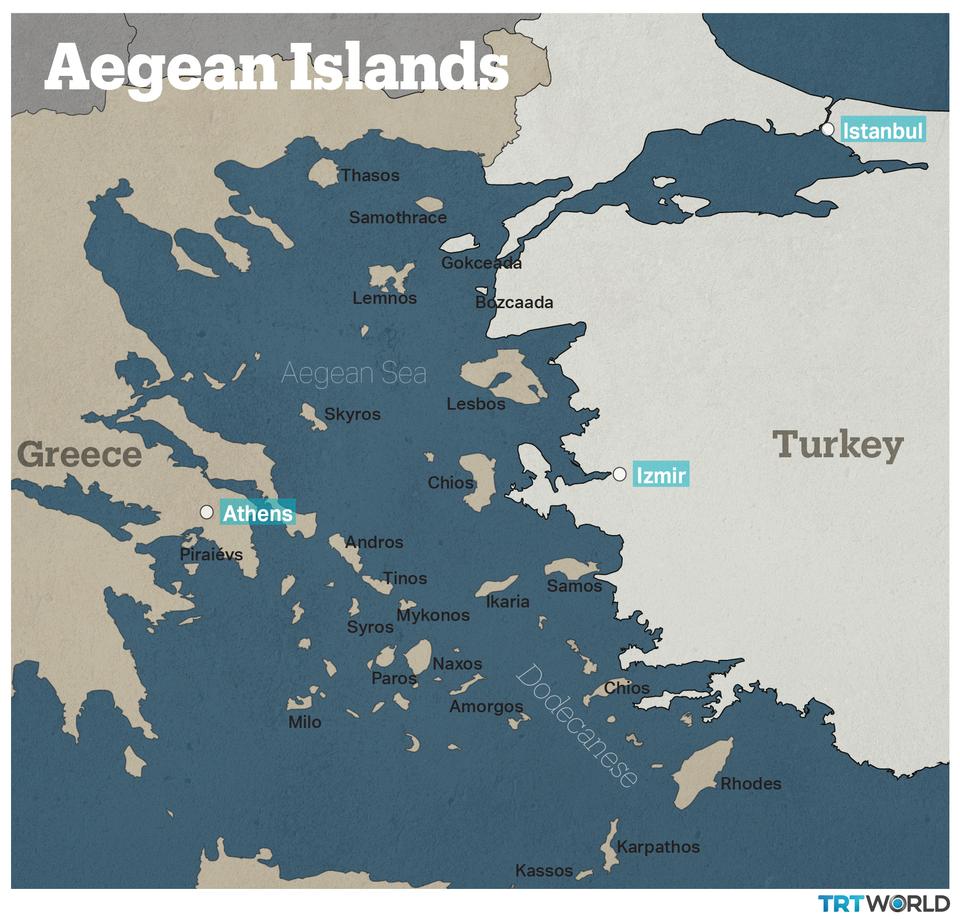 GREEK FOREIGN MINISTER DENDIAS CONCEDES THE DEMILITARIZED STATUS OF THE EASTERN AEGEAN ISLANDS AND THE DODECANESE
GREEK FOREIGN MINISTER DENDIAS CONCEDES THE DEMILITARIZED STATUS OF THE EASTERN AEGEAN ISLANDS AND THE DODECANESE
Teoman Ertuğrul TULUN 14.03.2022 -
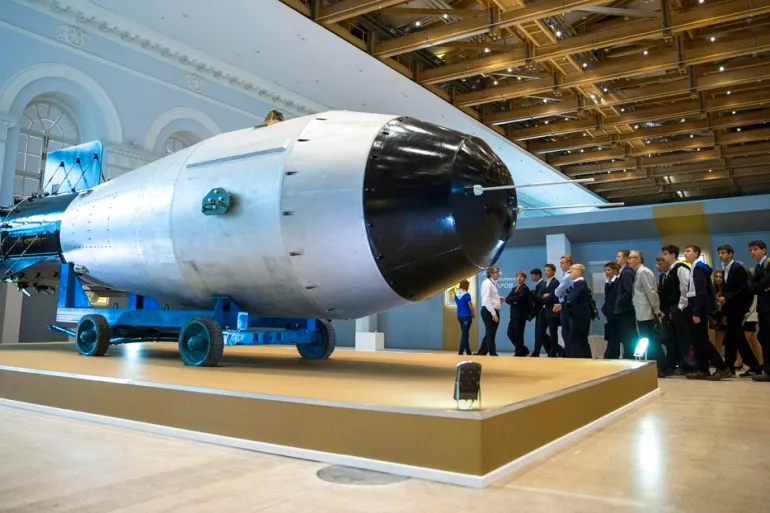 EROSION IN ARMS CONTROL REGIMES CONTINUES
EROSION IN ARMS CONTROL REGIMES CONTINUES
Teoman Ertuğrul TULUN 12.10.2023 -
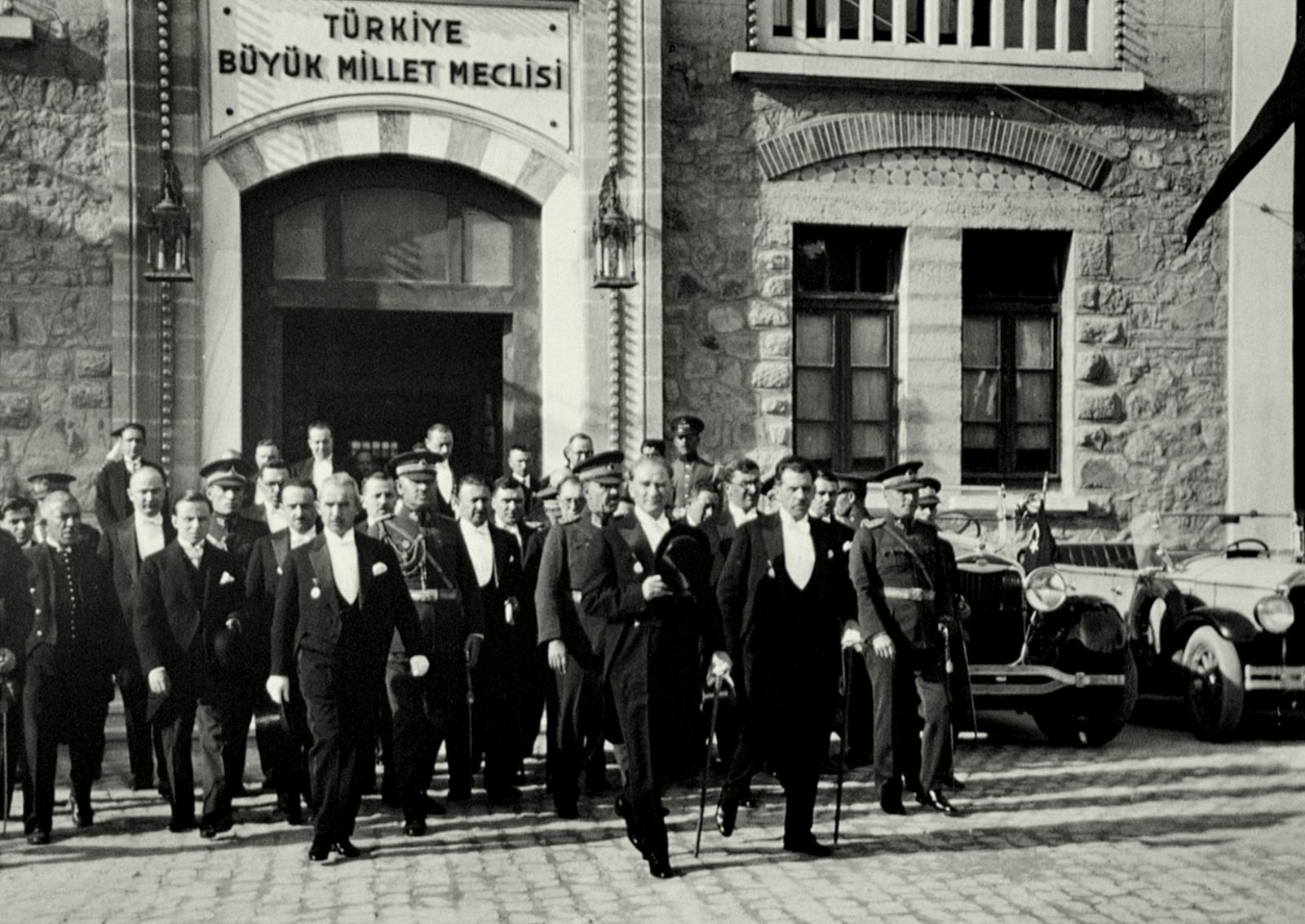 CONCERTED EFFORTS TO DOWNPLAY THE MILESTONES OF THE REPUBLIC OF TÜRKİYE AND TURKISH HISTORY
CONCERTED EFFORTS TO DOWNPLAY THE MILESTONES OF THE REPUBLIC OF TÜRKİYE AND TURKISH HISTORY
Teoman Ertuğrul TULUN 14.06.2023 -
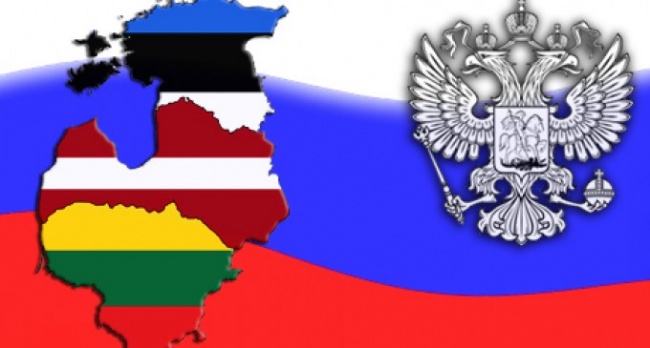 THE BALTIC COUNTRIES: 25 YEARS OF ACCOMPLISHMENT AND FEAR
THE BALTIC COUNTRIES: 25 YEARS OF ACCOMPLISHMENT AND FEAR
Teoman Ertuğrul TULUN 07.12.2016
-
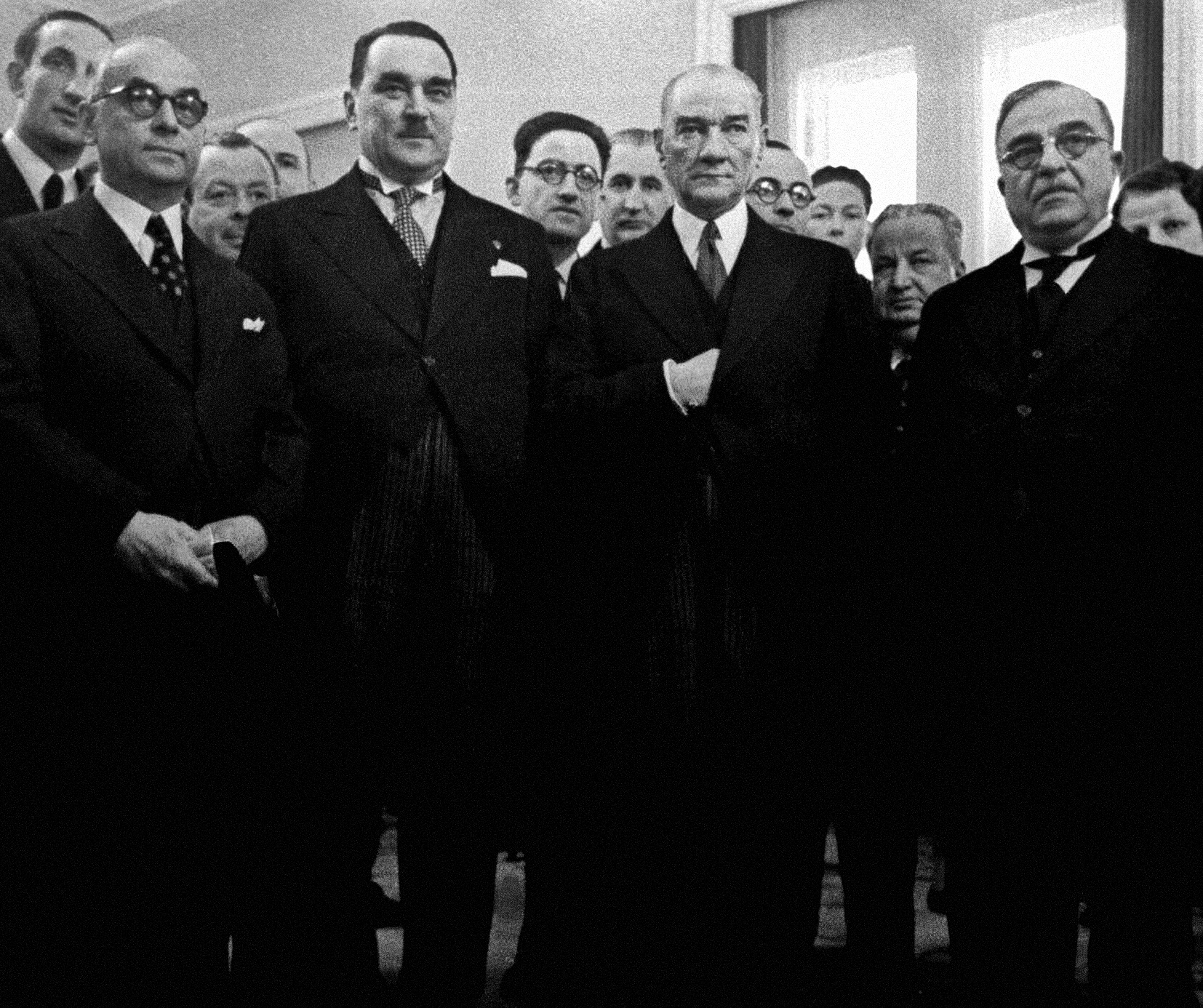 1934 PACT OF BALKAN ENTENTE: THE PRECURSOR OF BALKAN/SOUTHEAST EUROPE COOPERATION
1934 PACT OF BALKAN ENTENTE: THE PRECURSOR OF BALKAN/SOUTHEAST EUROPE COOPERATION
Teoman Ertuğrul TULUN 06.08.2020 -
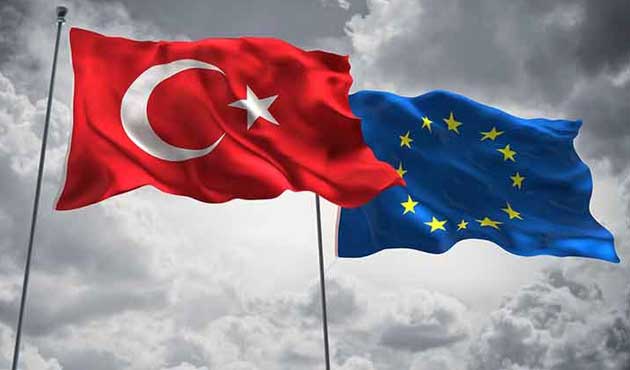 EU'S INCORRIGIBLE BIAS AND ANTAGONISM AGAINST TURKEY HAS BEEN REVEALED
EU'S INCORRIGIBLE BIAS AND ANTAGONISM AGAINST TURKEY HAS BEEN REVEALED
AVİM 21.09.2020 -
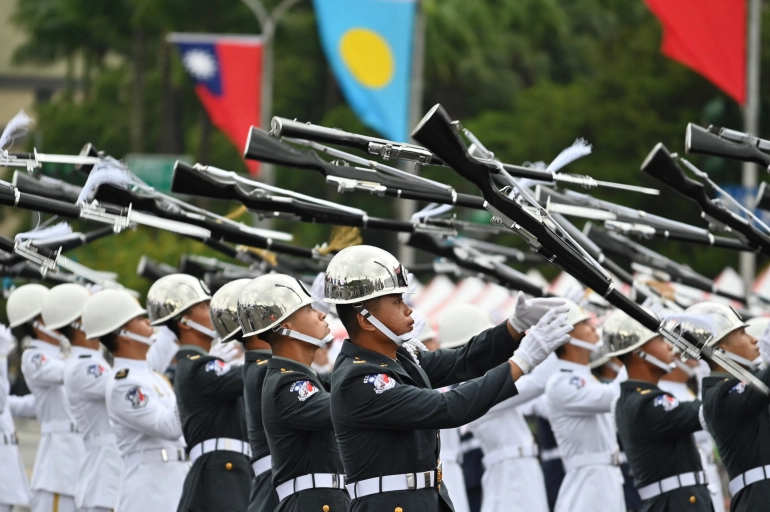 TAIWAN’S SOVEREIGNTY AND “ONE CHINA” DILEMMA
TAIWAN’S SOVEREIGNTY AND “ONE CHINA” DILEMMA
Şevval Beste GÖKÇELİK 19.12.2022 -
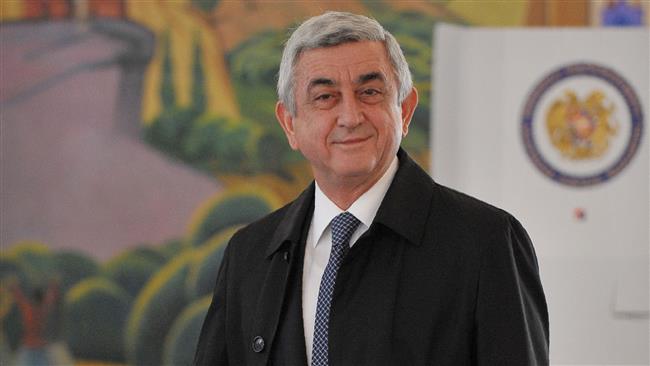 2 APRIL 2017 PARLIAMENTARY ELECTIONS IN ARMENIA
2 APRIL 2017 PARLIAMENTARY ELECTIONS IN ARMENIA
Turgut Kerem TUNCEL 14.04.2017 -
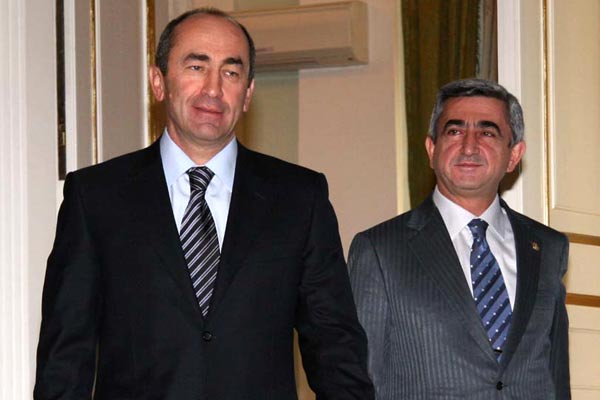 WHAT ARE THE PROSPECTS FOR ARMENIA? THE END OF “KARABAKH CLAN” OR “OLD WINE IN A NEW BOTTLE”?
WHAT ARE THE PROSPECTS FOR ARMENIA? THE END OF “KARABAKH CLAN” OR “OLD WINE IN A NEW BOTTLE”?
Nigar SHİRALİZADE 27.04.2018
-
25.01.2016
THE ARMENIAN QUESTION - BASIC KNOWLEDGE AND DOCUMENTATION -
12.06.2024
THE TRUTH WILL OUT -
27.03.2023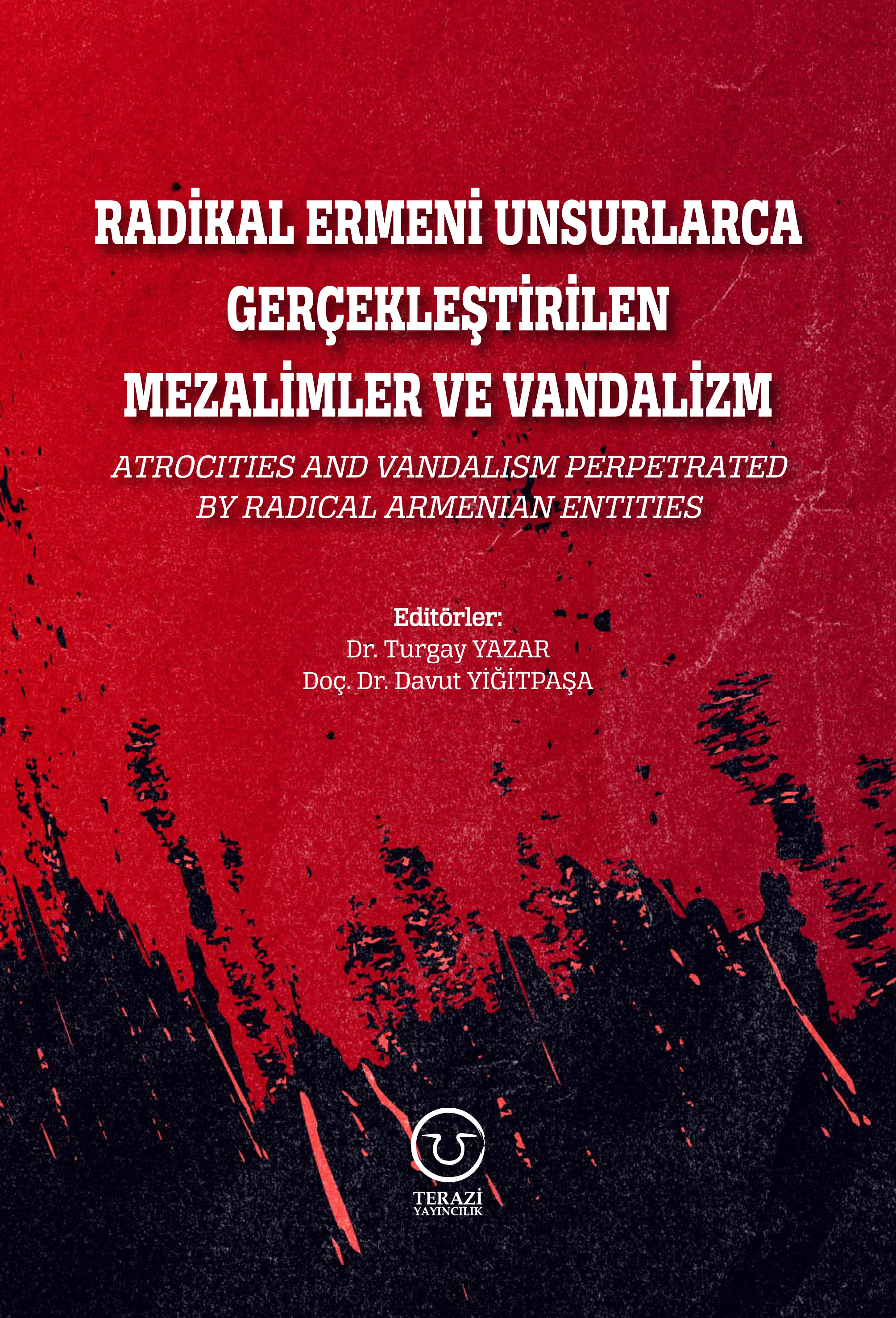
RADİKAL ERMENİ UNSURLARCA GERÇEKLEŞTİRİLEN MEZALİMLER VE VANDALİZM -
17.03.2023
PATRIOTISM PERVERTED -
23.02.2023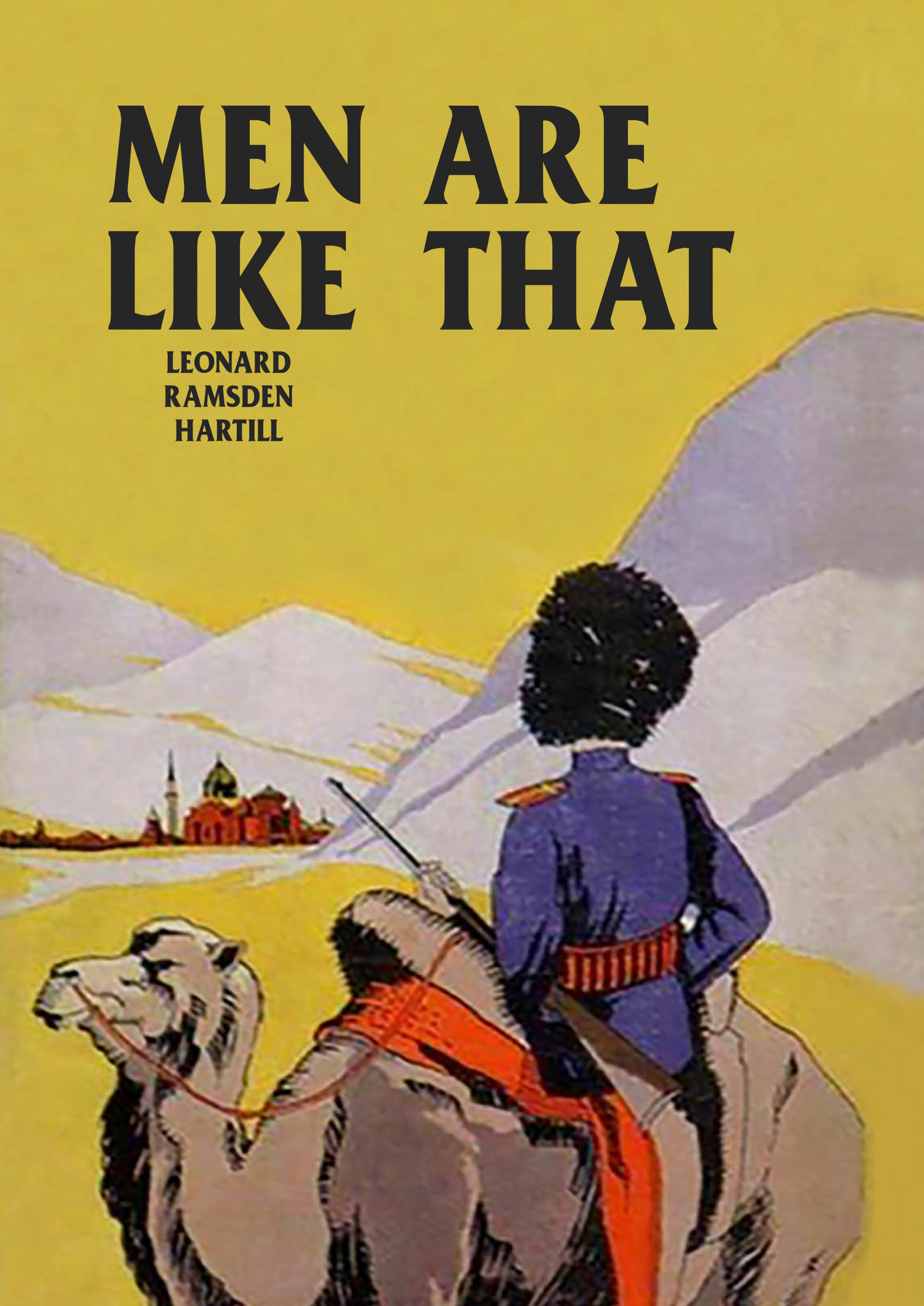
MEN ARE LIKE THAT -
03.02.2023
BAKÜ-TİFLİS-CEYHAN BORU HATTININ YAŞANAN TARİHİ -
16.12.2022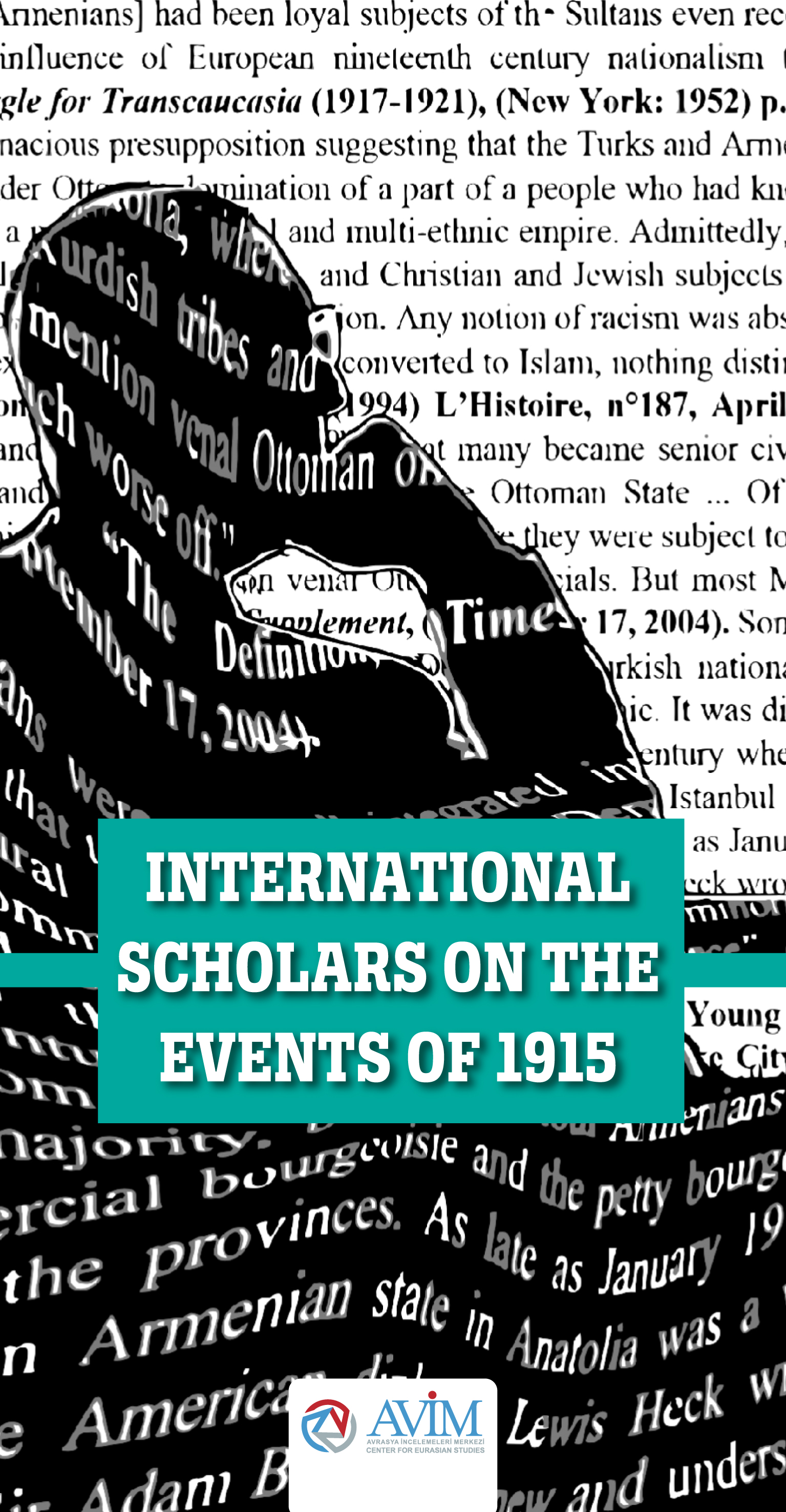
INTERNATIONAL SCHOLARS ON THE EVENTS OF 1915 -
07.12.2022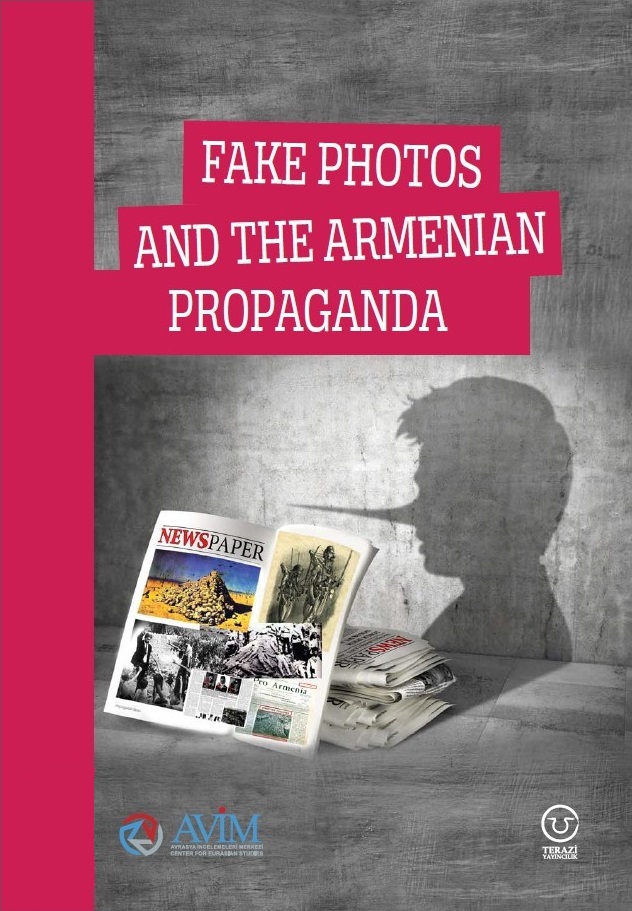
FAKE PHOTOS AND THE ARMENIAN PROPAGANDA -
07.12.2022
ERMENİ PROPAGANDASI VE SAHTE RESİMLER -
01.01.2022
A Letter From Japan - Strategically Mum: The Silence of the Armenians -
01.01.2022
Japonya'dan Bir Mektup - Stratejik Suskunluk: Ermenilerin Sessizliği -
03.06.2020
Anastas Mikoyan: Confessions of an Armenian Bolshevik -
08.04.2020
Sovyet Sonrası Ukrayna’da Devlet, Toplum ve Siyaset - Değişen Dinamikler, Dönüşen Kimlikler -
12.06.2018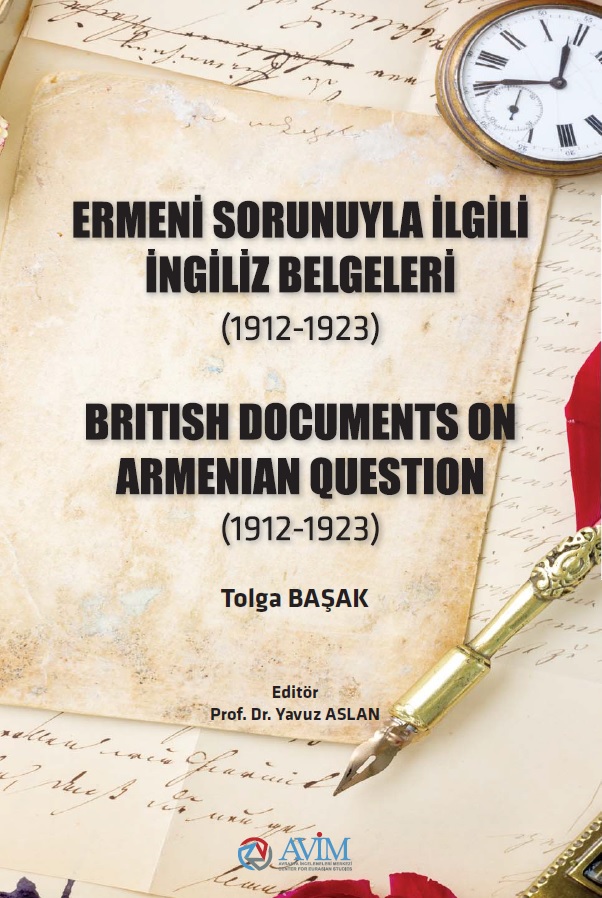
Ermeni Sorunuyla İlgili İngiliz Belgeleri (1912-1923) - British Documents on Armenian Question (1912-1923) -
02.12.2016
Turkish-Russian Academics: A Historical Study on the Caucasus -
01.07.2016
Gürcistan'daki Müslüman Topluluklar: Azınlık Hakları, Kimlik, Siyaset -
10.03.2016
Armenian Diaspora: Diaspora, State and the Imagination of the Republic of Armenia -
24.01.2016
ERMENİ SORUNU - TEMEL BİLGİ VE BELGELER (2. BASKI)
-
AVİM Conference Hall 24.01.2023
CONFERENCE TITLED “HUNGARY’S PERSPECTIVES ON THE TURKIC WORLD"









